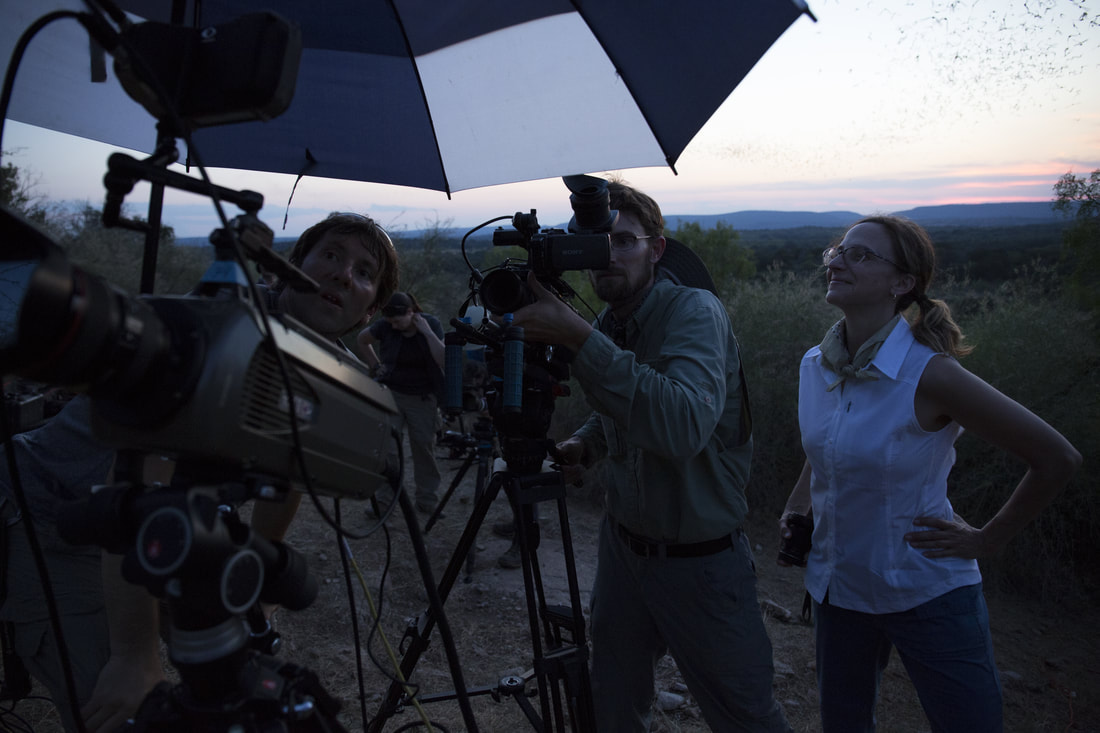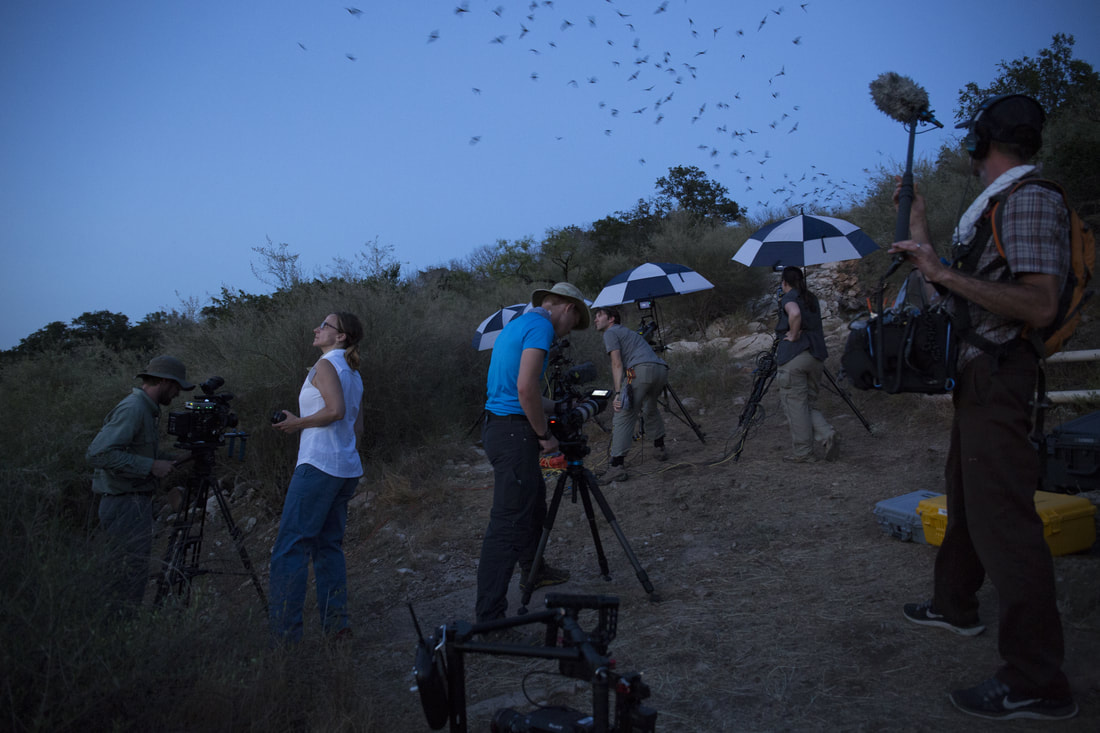|
We reached out to our festival filmmakers to ask them questions about the experience of making their films.
What inspired this story?
Lens of Time Filmmakers: As science and nature filmmakers, we’re always searching for ‘veiled wonder’ - basically the marvels that are hidden in plain sight in the mundane everyday world. In discussing ideas for a new short-subject science series, we realized that scientists who work in ‘time dilation’ – using high speed or time lapse cameras – have opened some amazing trap doors into those portions of the natural world that are typically unavailable to us. These scientists are searching for the secrets of life’s inner workings that are obscured in the folds of time. And every day they’re inventing new techniques (and technologies) that can take us to places we’ve never been and reveal some of life’s deepest and most profound principles. We believed these stories would inspire viewers to look at the world with a fresh eye, and would remind them that there is so much wonder hidden right in front of them, and all that's required is an awareness to see what was previously unseen. Describe some of the challenges faced while making this film. It is important to us that the story behind every episode in this series be told directly by the scientists themselves. And equally important was that the scientists illuminate their process. Where does the spark of their idea come from? How do they design the experiments? We want viewers to develop a sense of how we know what we know. The big challenge with this kind of storytelling is surprisingly simple: Some people are just more articulate than others. Just because a scientist is brilliant, innovative and accomplished doesn’t mean they’ll be good at explaining what they’re doing. We attempt to choose our scientists carefully, making sure they can communicate their passion for the subject and balance that with a clean explanation of process. But sometimes it simply comes down to time: We needed to add days, schedule remote recording of additional commentary, or simplify the story to make sure that the core question and the arc of the science remain clear and elegant.
How do you approach storytelling?
For this series, we focus our storytelling approach on creating a sense of “time travel” in the narrative. The central idea is that the viewer literally needs to slow themselves down (time lapse video) or speed themselves up (high-speed video) to enter the timeframe of a non-human species, whether that’s a slime mold or a jumping spider. In each instance, the research scientists are the guides, recalibrating the viewer and instructing them on what they’re seeing in this new, foreign time domain. Again, it is important to make sure that the scientists feel more like guides than containers of factual knowledge. That allows the story to function as trip to a destination where a new behavior is revealed, and not simply a lecture by a “voice of authority” who elucidates facts.
What impact do you hope this film will have?
Our goals with this series are simple: 1) Demonstrate how simple observation and logical investigation can help to unravel the seemingly impossible complexity of the natural world. And 2), demystify the scientific process and make it clear that anyone who keeps their eyes (and brain) open can visit species and territories of the Earth that have been invisible to them up to now. If viewers watch an episode of Lens of Time and suddenly find their back yards more dramatic and interesting, then we’ve succeeded. What next? We’re gearing up for a new short series on the greatest ideas in ecological science, the women and men who originated them, and the new generation of ecologists who are following in their footsteps, generating an entirely new set of ideas about the way the world works.
0 Comments
Leave a Reply. |
Archives
March 2024
Categories
All
|
Contact UsJackson Wild
240 S. Glenwood, Suite 102 PO Box 3940 Jackson, WY 83001 307-200-3286 info@jacksonwild.org |



 RSS Feed
RSS Feed